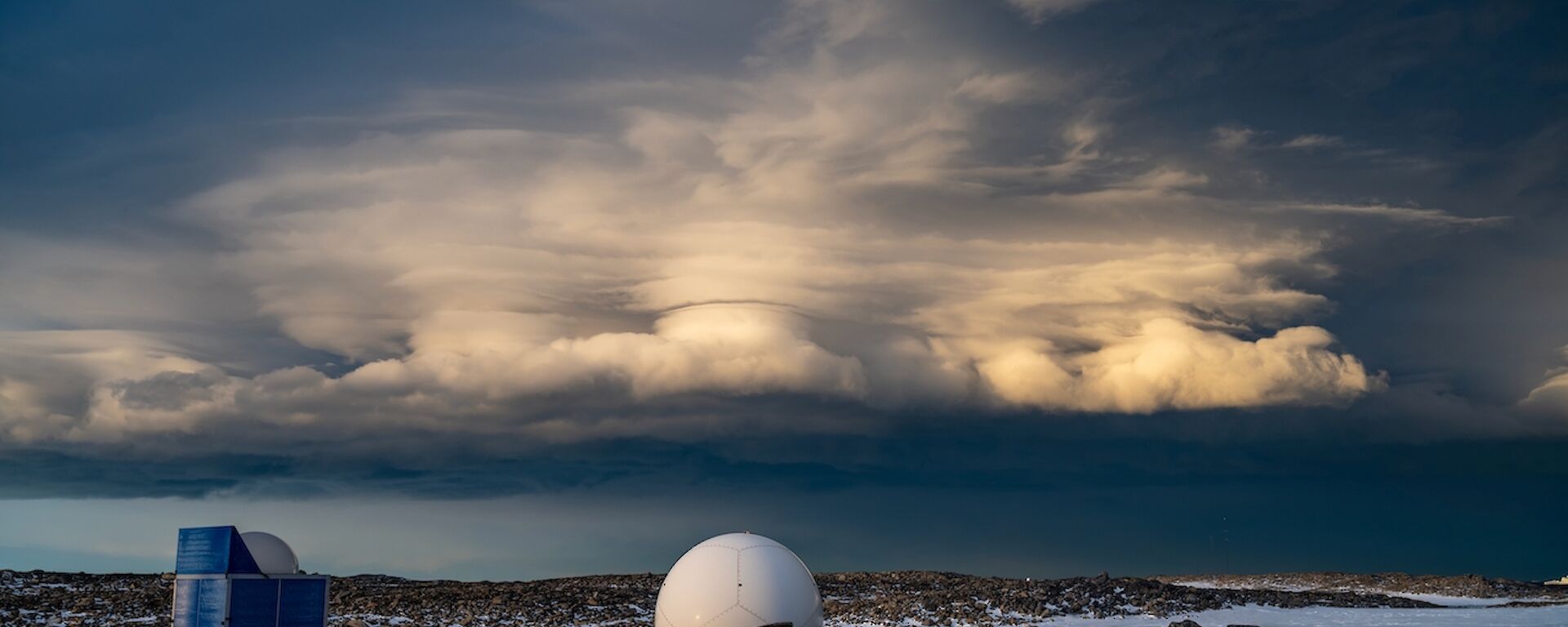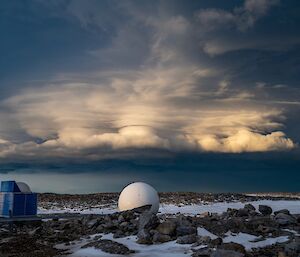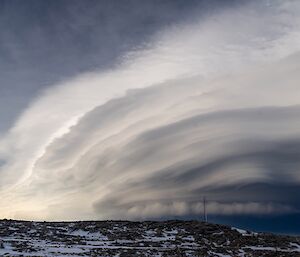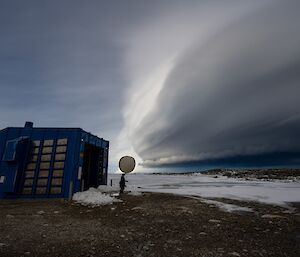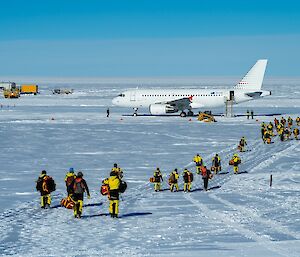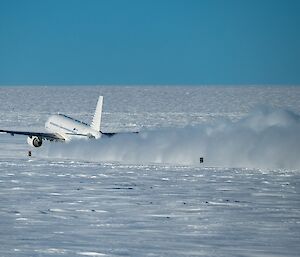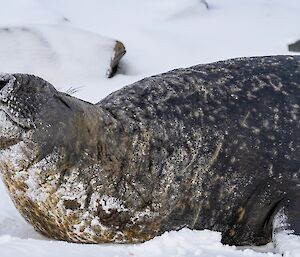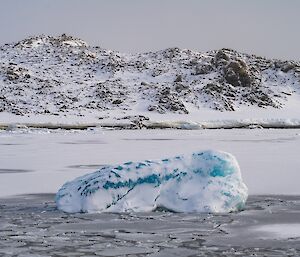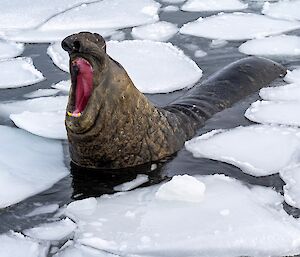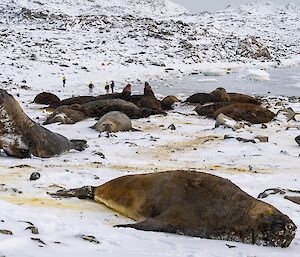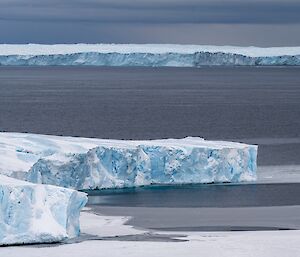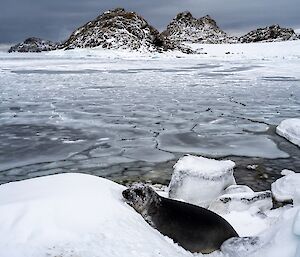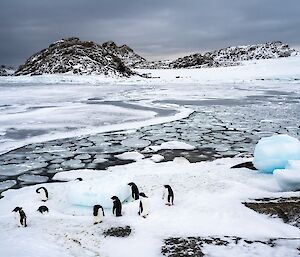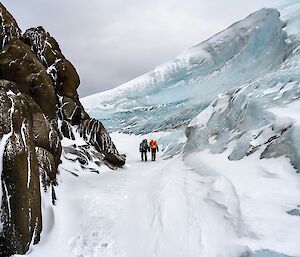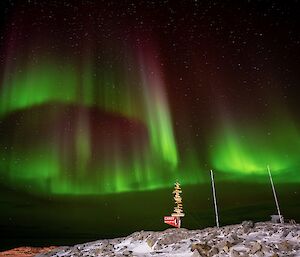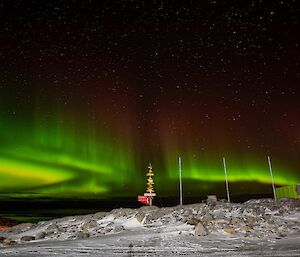A few weeks ago, we officially entered the winter part of our tour. This really hit home when we wound our clocks back from UTC+11 (Hobart time) to UTC+8 (Perth time).
This brought some normality to the station – experiencing daylight and night at familiar times. The days are rapidly getting shorter.
We are the 75th ANARE at Casey station. Apart from the time change we experience a huge transition of population size: from the bustling 100+ persons at the height of summer, we are now down to 30, which is still the most expeditioners to winter at Casey.
Now the days are shortening by 7 minutes a day. We will be at the winter solstice on June 21st when the sun will rise at 11:25am and set at 1:54pm. Keep in mind that at its meridian it will be only 1 degree above the horizon.
The winter period is a great time to hone our photography skills. Last week was the inaugural, informal meeting of the Casey Camera Club. Hopefully we will have plenty of clear skies to witness and record the amazing Aurora Australis which peaks around Antarctic latitudes. So far, we have had a couple of clear sky nights.
Also, we have had a proactive start for getting off station to experience the spectacular scenery. Already there have been several trips to the Browning Peninsula to experience the last of the elephant seals moulting in their wallows. The added bonus is a closer look at the Vanderford and Peterson Glaciers.
The weather in Antarctica is something to behold. The extremes of wind, temperature and snow, and the combination of all 3, are on show every day. Casey is unique in that it lies just northwest of Law Dome. This dome of ice rises to a peak of 1395 m (4580 ft), with the peak around 100 km from Casey. When polar lows pass near to the Casey area, they generally increase the easterly flow. This easterly flow is forced over and around Law Dome, often resulting in a standing wave in the lee of the dome. This results in some spectacular and dynamic cloud formations in the ‘ridge’ of the standing wave as shown in the photos.
Until next time – Barend (Barry) Becker - Senior Weather Observer

